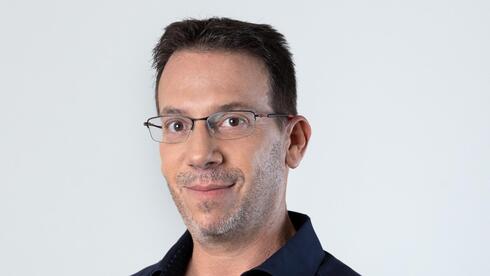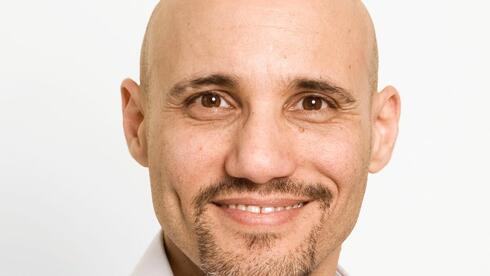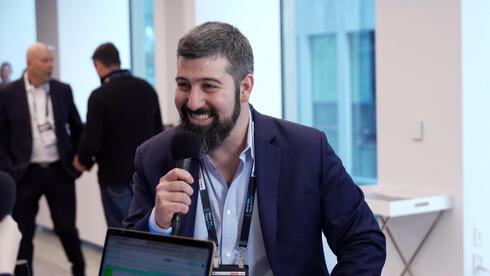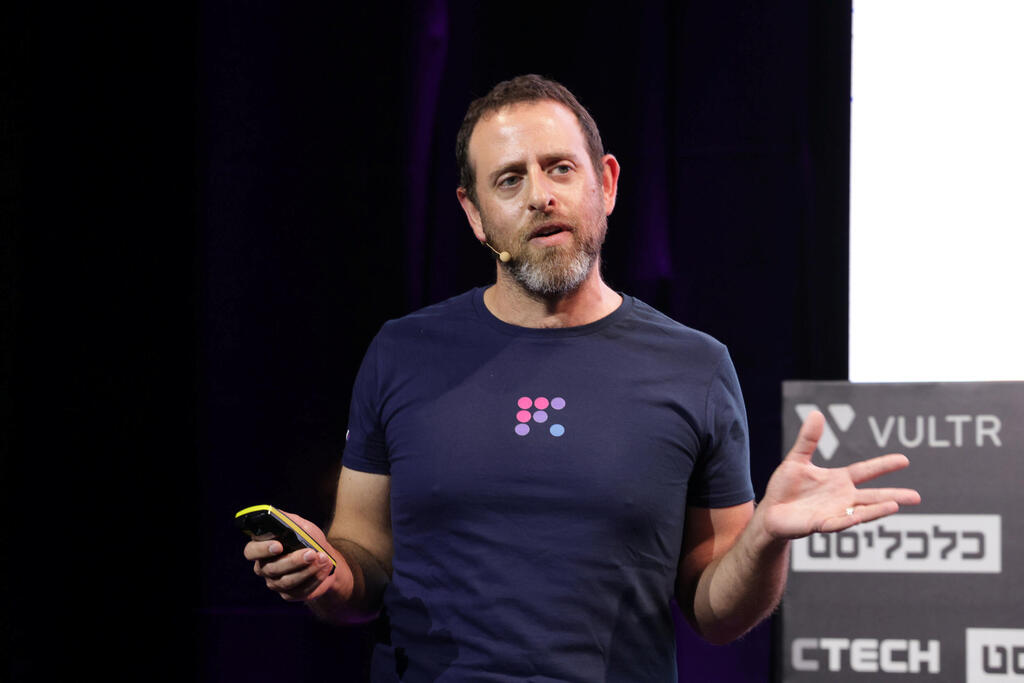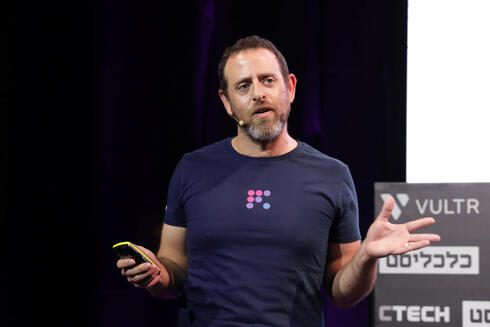
"AI can assist in making the digital space accessible, but it won't solve every problem"
Yossi Synett, Chief Scientist at Evinced, spoke at Calcalist's AI conference about utilizing AI to create more accessible applications and websites for visually impaired people from the offset rather than relying on AI to solve issues after the fact.
"The digital space is highly visual and, therefore, poses significant challenges for people with visual impairments," said Yossi Synett, Chief Scientist at Evinced, speaking at Calcalist’s AI conference earlier this week.
Synett discussed the difficulties faced by people with visual impairments by using a screen reader that transcribes what is visible on the screen for them. He explained that most websites are not properly adapted to this technology; for example, the transcription of Synett’s website was too fast and difficult to follow. "Unfortunately, this is a very typical site and representative of the experience of visually impaired people using a screen reader," he said.
Other challenges visually impaired individuals encounter in the digital space include using common graphic symbols. For example, the magnifying glass which means ‘search’ or the three horizontal lines symbolizing a menu, are intuitive for sighted users, but for people with visual impairments, these symbols aren’t clear. "The technology struggles to convey the functional meaning of these icons, making it difficult to navigate and use websites and applications," Synett said.
He pointed out that attempts to use AI to automatically solve accessibility issues have not yet produced satisfactory results. "When we tried to solve this issue using ChatGPT, the success rate was 10%. It’s not that the other 90% didn’t work at all - 60% or 70% of the material was somewhat accessible - but accessibility is a binary issue; if the information isn’t 100% accessible, it isn’t accessible."
This led Synett to question whether AI is the solution. "It depends heavily on the paradigm. We can continue to develop UX and build websites while ignoring the necessary measures to communicate with assistive technologies, expecting AI to solve everything, but I'm not sure that's the right approach."
He suggested a different approach to solving the problem: using AI to help build UX from the offset, taking issues like accessibility into account when building websites and applications with AI. Synett showcased tools developed by his company that help designers and developers make their products more accessible. "We provide the tools and put them in the hands of professionals who create accessible experiences for everyone."




